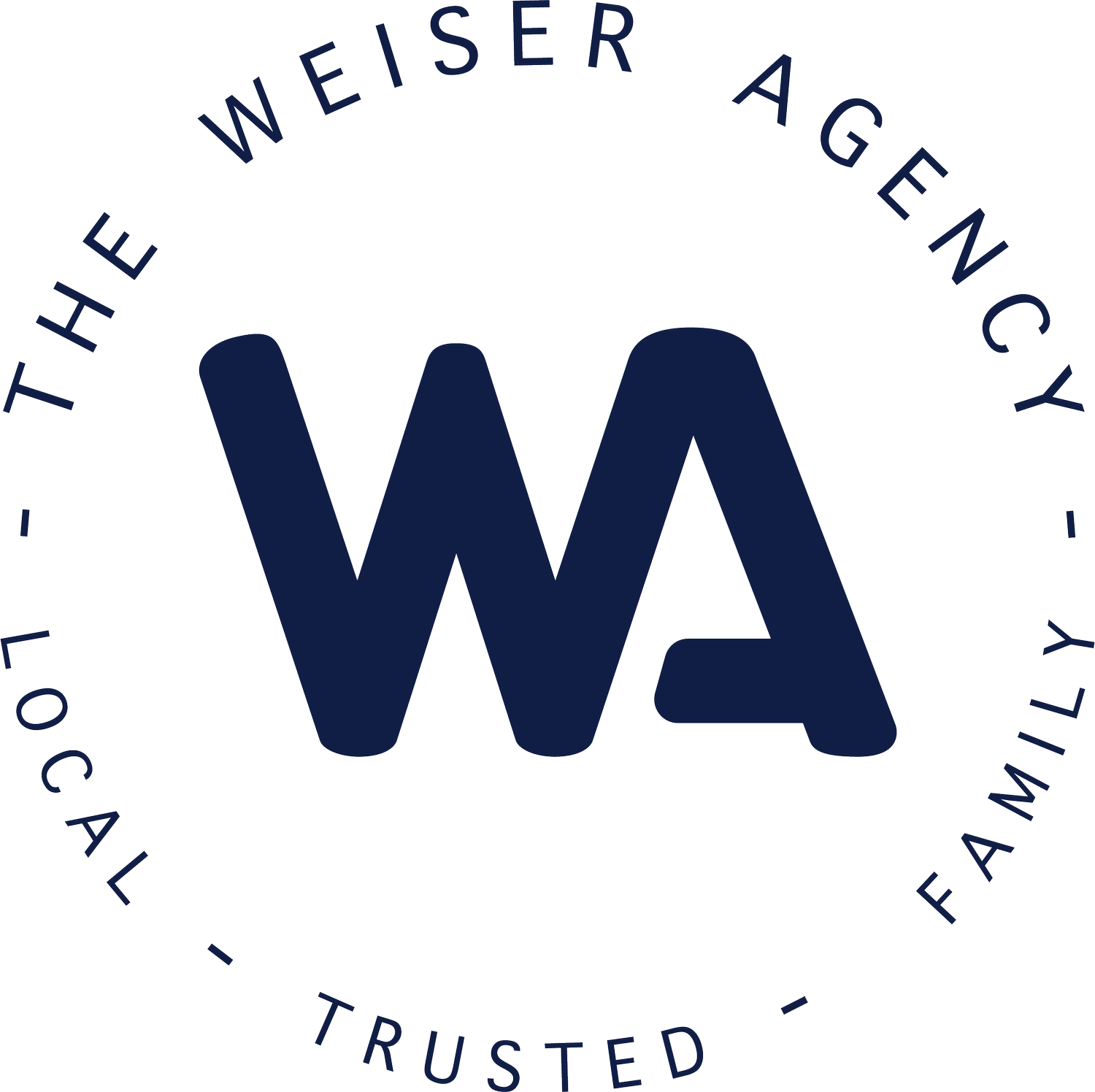The Anatomy of a Home Insurance Policy
Here at the Weiser Agency, our goal is to ensure your lifestyle is protected. While we are experts in personal, commercial and life insurance, we just love helping first time homeowners understand the ways in which we’ll protect their largest tangible asset. Since we receive lots of questions on this topic, we thought it may be helpful to define the many terms that make up a home policy as this is where much of the value is!
It can be really easy to only look at just the top, (rebuild amount for the home), and bottom, (the cost), of a home policy. Don’t! The real nuance is the meat in the middle. We’ll use the following example policy as a guide for each term:
(Coverage A): Dwelling – The insurance carrier (and Agency) is stating that they believe your home could be rebuilt in total for this amount. If a kitchen fire burns the house down, this number (ex. $1,600,000) is intended to be enough to cover it.
Extended Replacement Cost – In our policies, this is included at 25% at no additional charge. We will occasionally double the coverage to 50% depending on a variety of factors. This states that if your home is insured at the proper Dwelling amount, and IF it’s later found that this amount isn’t actually enough, then you have the additional 25% or 50% as an option to apply toward your dwelling amount. We usually only see clients tap into this amount if there’s a large-scale loss in our whole area that causes the costs of materials and labor to sky rocket all at once (i.e. The Thomas Fire, 2017)
Ordinance – This is a specific bucket of coverage used for code upgrades during repairing or rebuilding your home as a result of a covered claim. It’s usually set at 10% of that Dwelling amount, but some policies allow for higher percentages. If, for example, a fire that causes your kitchen to be rebuilt, specific electrical work might be needed to bring your home up to current code standards since it was first built. This coverage would apply towards that cost associated with that specific expense.
(Coverage B): Separate Structures – This is usually 10 percent (%) of the Dwelling amount. If you don’t have a detached garage or pool house, you’ll likely still see coverage for it. In this instance, it would apply to things like your driveway, fences, or storage shed.
(Coverage C): Personal Property – If you were to turn your home upside down and shake it, this would cover the items that fell out. Things like clothing, furniture, pots & pans, electronics, etc. If “Replacement Cost” is indicated, this means that your belongings are covered up to what it would cost to replace that item today as opposed to any sort of depreciated value. All within the limit as shown on your coverage. There are certain items like pieces of jewelry, silverware, firearms, comic book collections, etc. that are only covered up to a minimal amount within this Personal Property section. For these items, we’ll want to “schedule” these items specifically to make sure an item is covered up to it’s full value. Otherwise that engagement ring that’s valued at $19,000 might only be covered up to $1,000.
(Coverage D): Loss of Use – Usually a percentage (%) of your Dwelling amount, this provides coverage for you to live elsewhere if you can’t live in your home due to a covered claim. This policy component will kick in for events such as a mandatory evacuation or if your home is damaged in a covered claim.
(Coverage E): Personal Liability – We view this as one of the most important parts of your home insurance. If someone is on your property (whether they’re supposed to be there or not), is injured, and claims you are responsible, it is your home liability coverage that can help pay legal obligations for resulting incidents.
This also protects you even outside of your home! For example, if you, or someone you are responsible for (e.g. child or pet) accidentally injure someone (for example while playing golf or your kid’s little league game) it’s your home liability that can protect you in case of a lawsuit.
Deductible – This is the amount you will pay before your insurance policy kicks in. As we believe home insurance is there to protect against the worst-case scenario and not as a home maintenance policy, we usually recommend a higher deductible (e.g. $2,500 to $5,000) though it can vary depending on the client’s request. With some insurance companies, the deductible is listed as a % of the Dwelling rebuild amount. Most commonly it’s 1% which sounds small but can easily mean a policy holder would need to pay the first $7,000, $10,000 or $12,000 before the insurance policy can kick in. This also means that as your dwelling increases each year, so does your deductible! We would love to make sure you avoid these additional fees when and wherever possible.
While these are just a few of the main coverage items on your home policy, we have learned firsthand that it is the coverage between the top number (Dwelling) and bottom number (premium) that usually make the difference between what is covered versus not covered. With a solid understanding of the above terms, you’ll be better equipped to gain additional support when and where needed regarding a home insurance event. Feel free to give us a call at 805-984-3777 to review your existing coverage and ensure your lifestyle is fully protected both now and in the future.
* The above serves as an overview of a sample home policy and may not reflect your actual coverages or policy language


